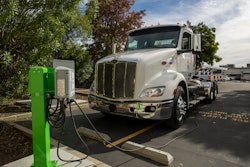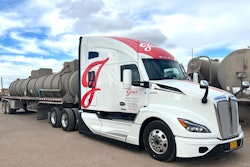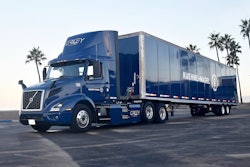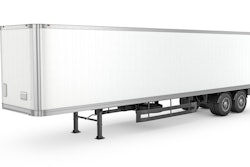I seem to spend a lot of time figuring out acronyms. I have a love/hate relationship with them.
I’m one of those people that likes to skip to the end of a report, read the conclusions and then go back and figure out why the report authors reached them. Acronyms usually are only defined at the beginning of a report, and then used ad nauseam throughout. So, if you start at the end, you have to guess at them.
The holy grail of “acronymism,” if I can coin a term, is to become the acronym. Companies like 3M and IBM became so ubiquitous that they just assumed their actual names were irrelevant. There is a tad bit of arrogance in making that leap — the assumption that everyone knows who you are so you can rebrand to the abbreviated letters. At least everyone who matters. And if they don’t, they should. Right?
Reports on technologies are filled with acronyms. In the same way that a company aims to rebrand, authors go to extremes to brand a topic. New technologies are fertile ground for claiming authorship of the industry-accepted acronym for a technology.
I took a stab at this back in 2018 trying to differentiate commercial battery electric vehicles from automotive and light-duty electric vehicles. I proposed the term CBEV in NACFE’s first report on electric trucks, Electric Trucks, Where They Make Sense. CBEV has had a few adopters, but it is just one of a growing list of competing acronyms.
CALSTART has offered up MHD ZET, for medium- and heavy-duty zero-emission truck. This seems to be a loophole in the TLA rule. You know, three-letter acronym. Perhaps it’s okay to make a six-letter acronym into two three-letter ones. At least the math works.
In my presentations at the 2022 ATA TMC, (yep, CALSTART is not alone in six letter bifurcated acronyms, the American Trucking Associations’ Technology and Maintenance Council was there first), I stated that the common defining element of zero-emission trucks was that electric motors power the wheels. So, in essence, whether a hybrid, a fuel cell, a battery or combinations of them are initiating the energy, what moves the truck ultimately is electricity. Unfortunately, the acronym ET, for electric truck, was already taken some time ago by Stephen Spielberg.
The challenge with MHD ZET is that it really does not tell you enough about the choice of energy that gets put into the truck. This complicates the acronym further requiring qualifiers, adjectives like hydrogen fuel cell — so HFC MHD ZET, or battery electric like BE MHD ZET.
Somewhere along the line we would like to get back to just calling it a truck, right? I think the goal is to have technologies so mature and so ubiquitous that like IBM and 3M, we just call it a truck. We used to do that. Now we have to differentiate that it’s a diesel truck and add qualifiers such as pre-2010, post-2010, EPA 2027, CARB compliant, SmartWay, or whatever.
We are all in for more decades of eating acronym soup. What powers trucks is going to be hydrogen, electricity, compressed natural gas, renewable natural gas, renewable diesel, propane, biofuels, blends and more. The energy may get to the truck as a molecule or an electron, or possibly both. A variety of technologies will convert that into turning the truck’s wheels.
It’s not just a matter for fleets specifying trucks, but shippers may mandate specific technologies to haul their freight.
It will take a few decades for the market to percolate up market leaders for the huge variety of commercial vehicle duty cycles for Class 2b through Class 8, for on-road and off-road, and more.
I do like the simplicity of calling them zero-emission trucks (ZETs), versus not being zero emission. That seems like an absolute distinction we all can understand. It either emits or it doesn’t. Everything else — including diesels — is on a sliding scale trying to improve over the past by reducing emissions toward being zero.
We should endeavor to try to be consistent on using acronyms. Unfortunately, we will have to live with examples like post-2027 diesel internal combustion engine (P27DICE), or green hydrogen from underground storage fuel cell electric heavy-duty zero emission truck (GHUSFCEHDZET), or if you like, GHUS FCE HD ZET.
We’re going to have to get used to acronym soup.












